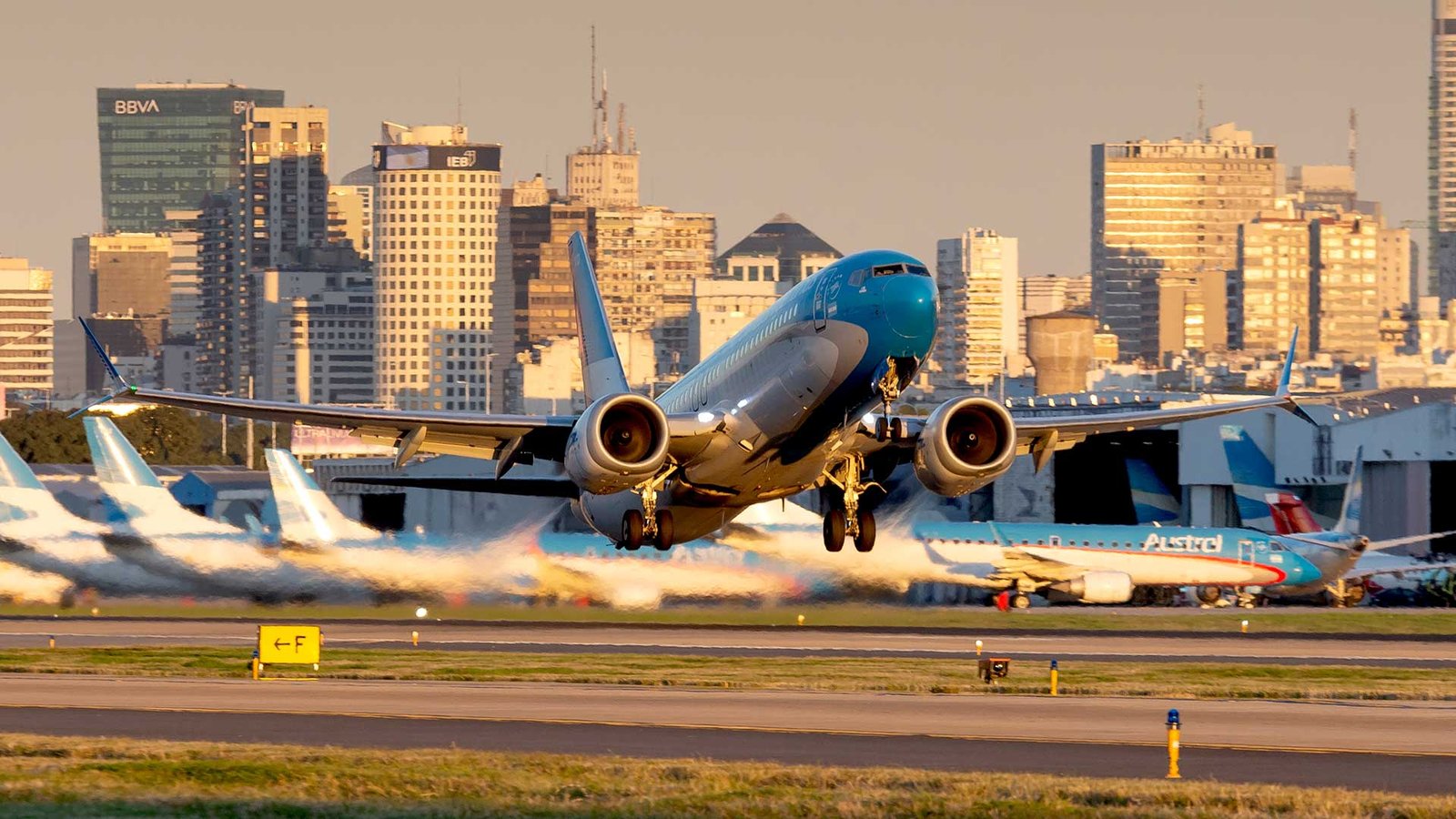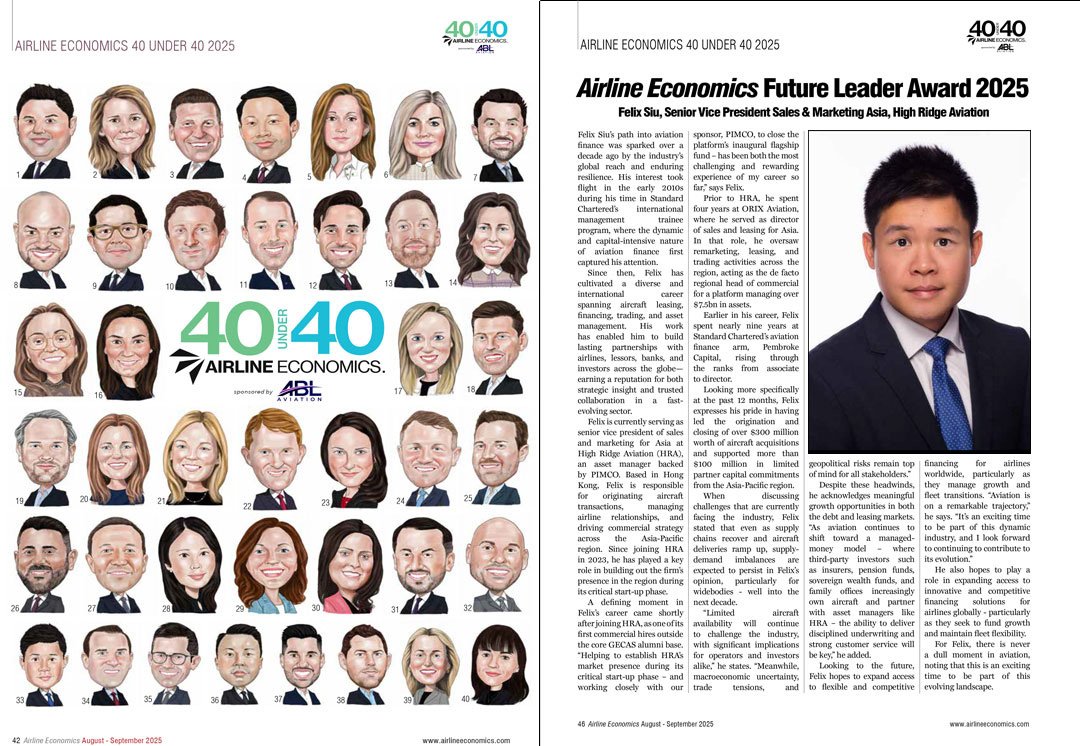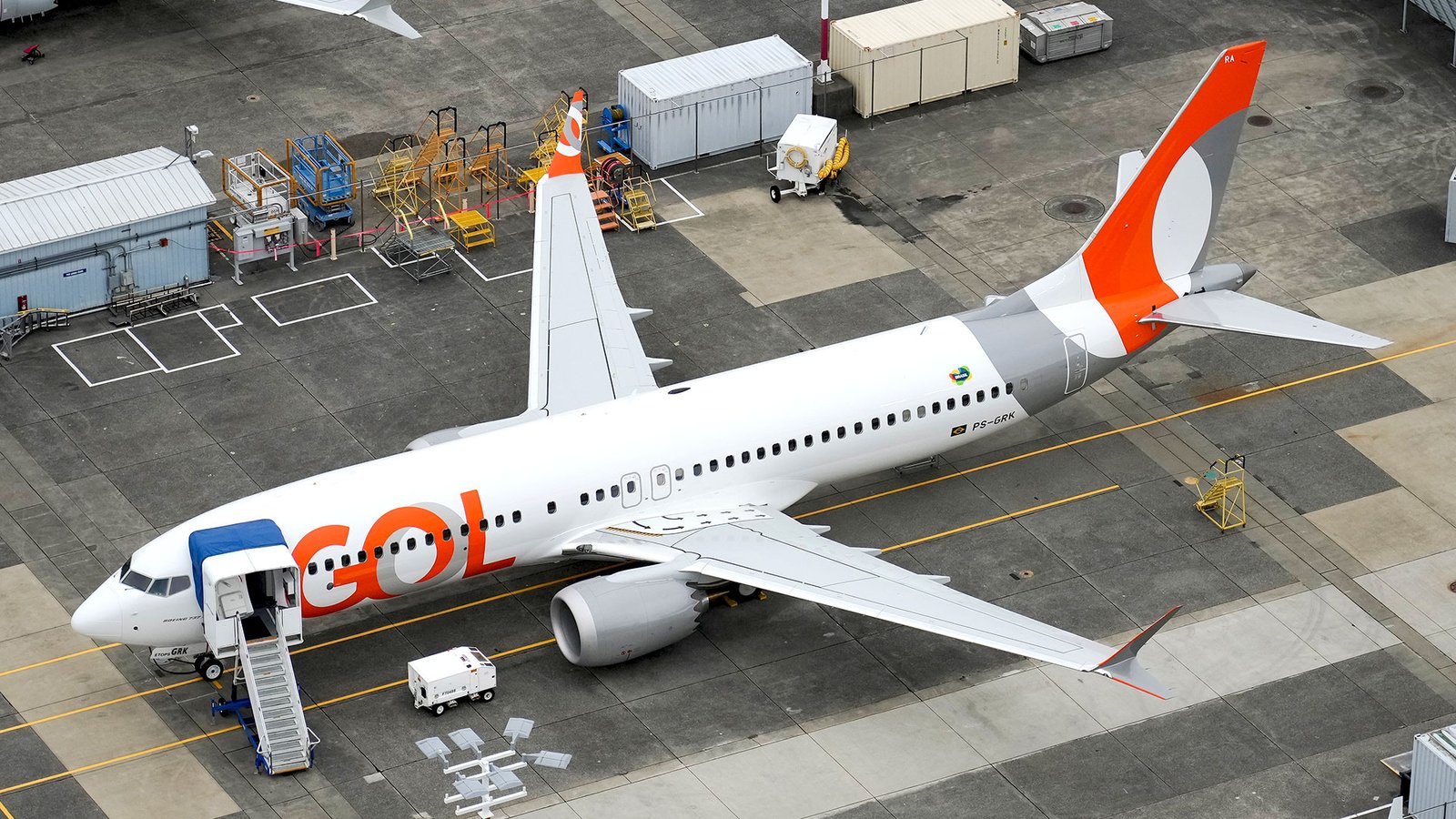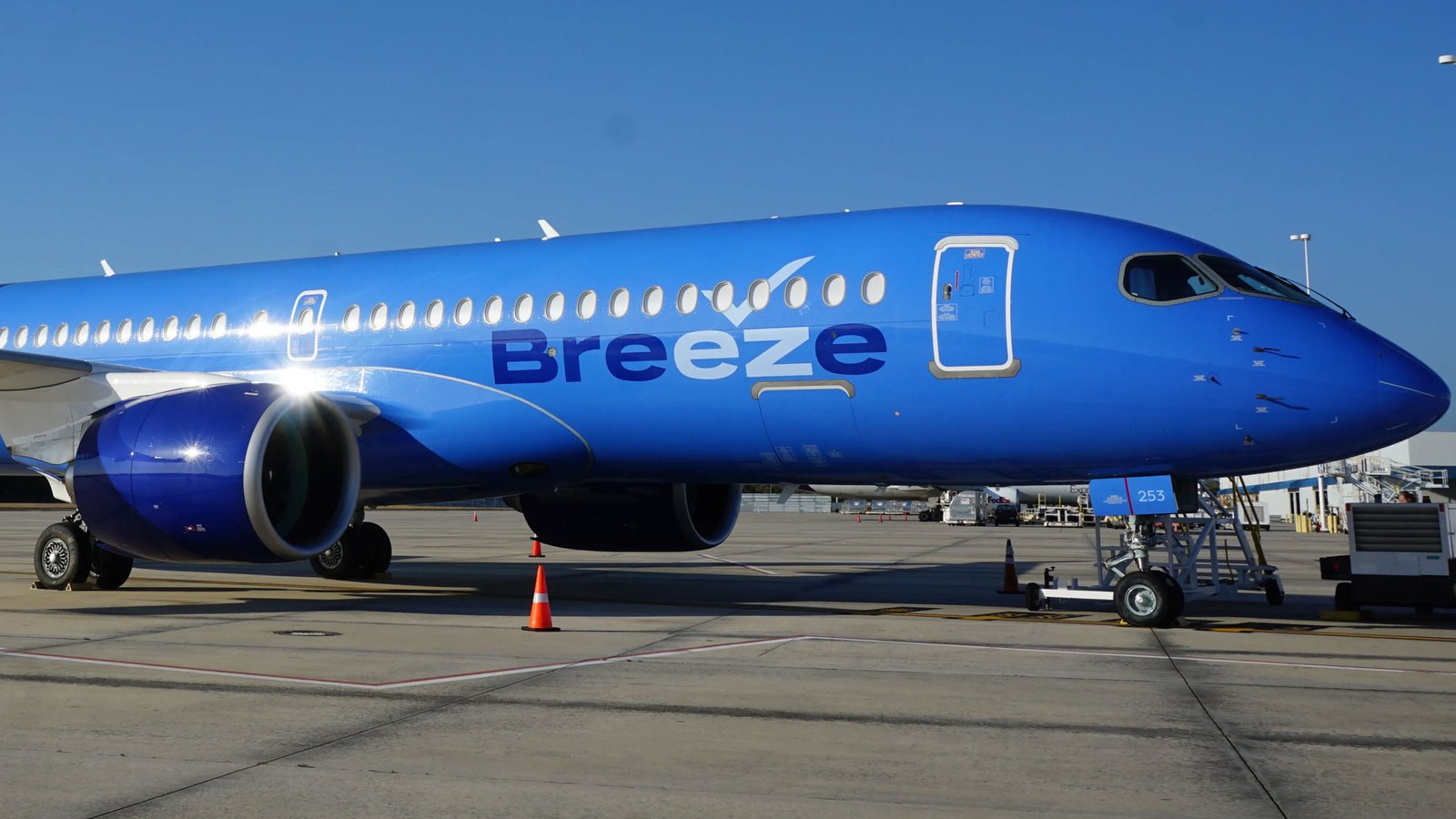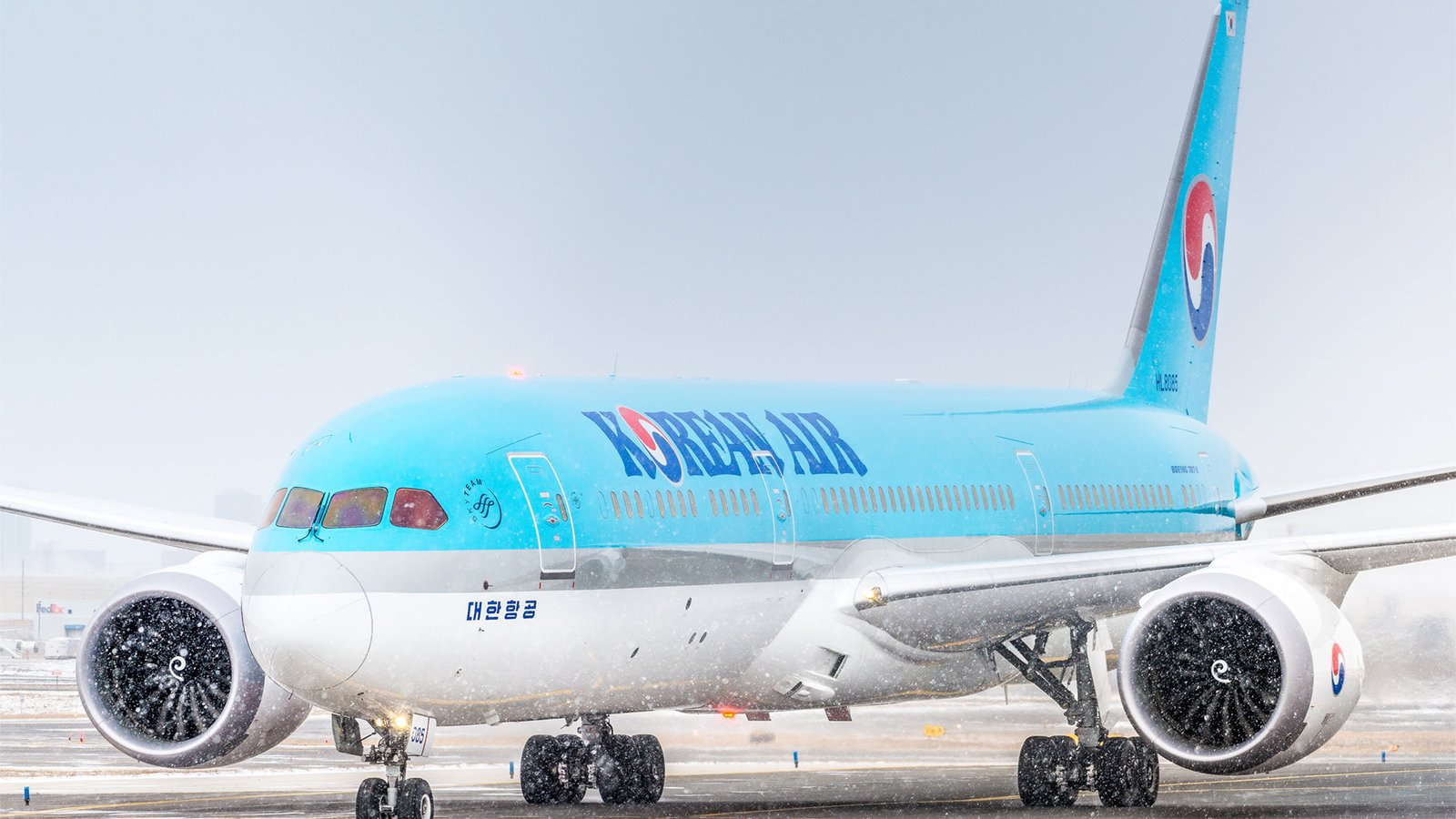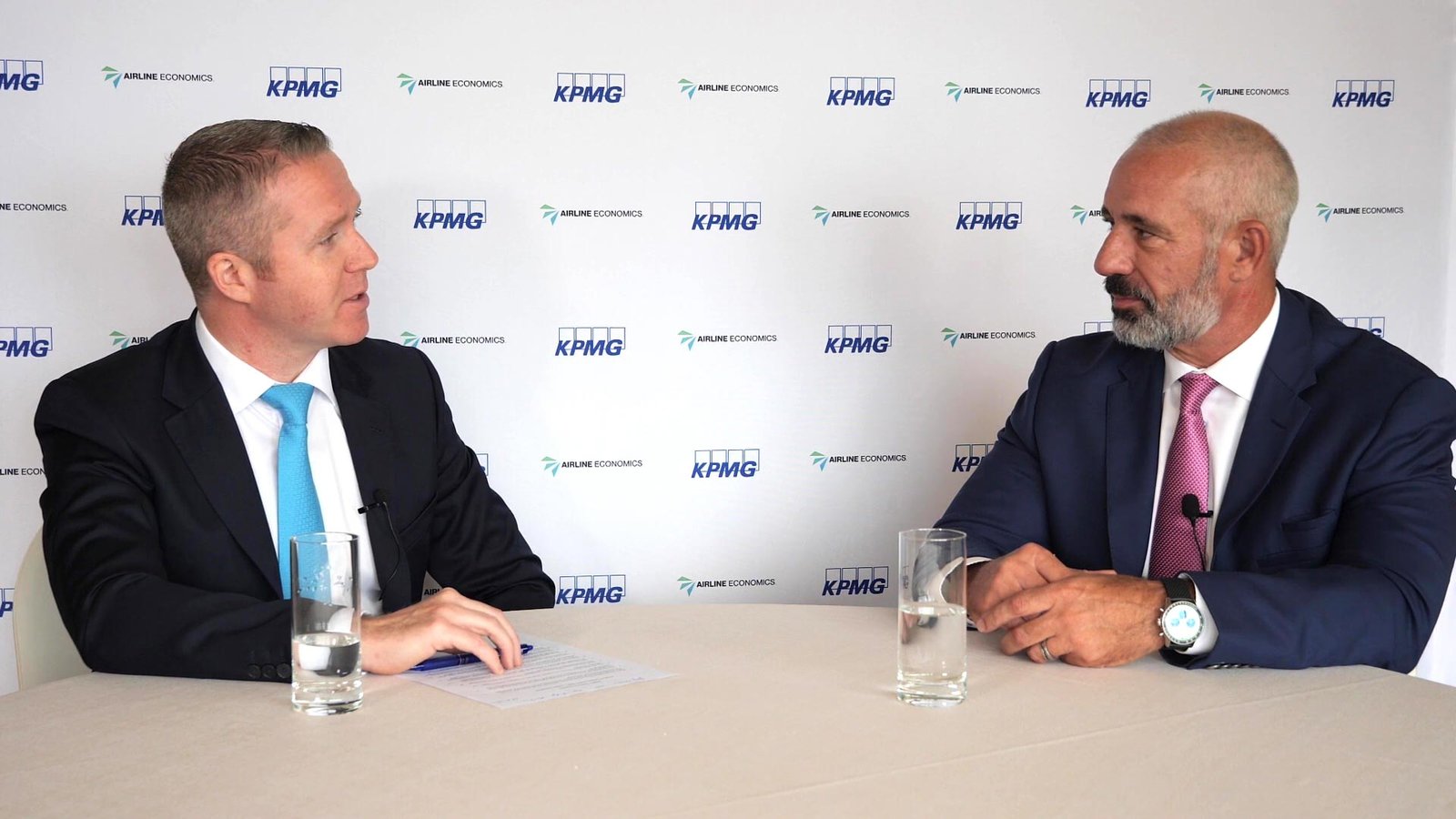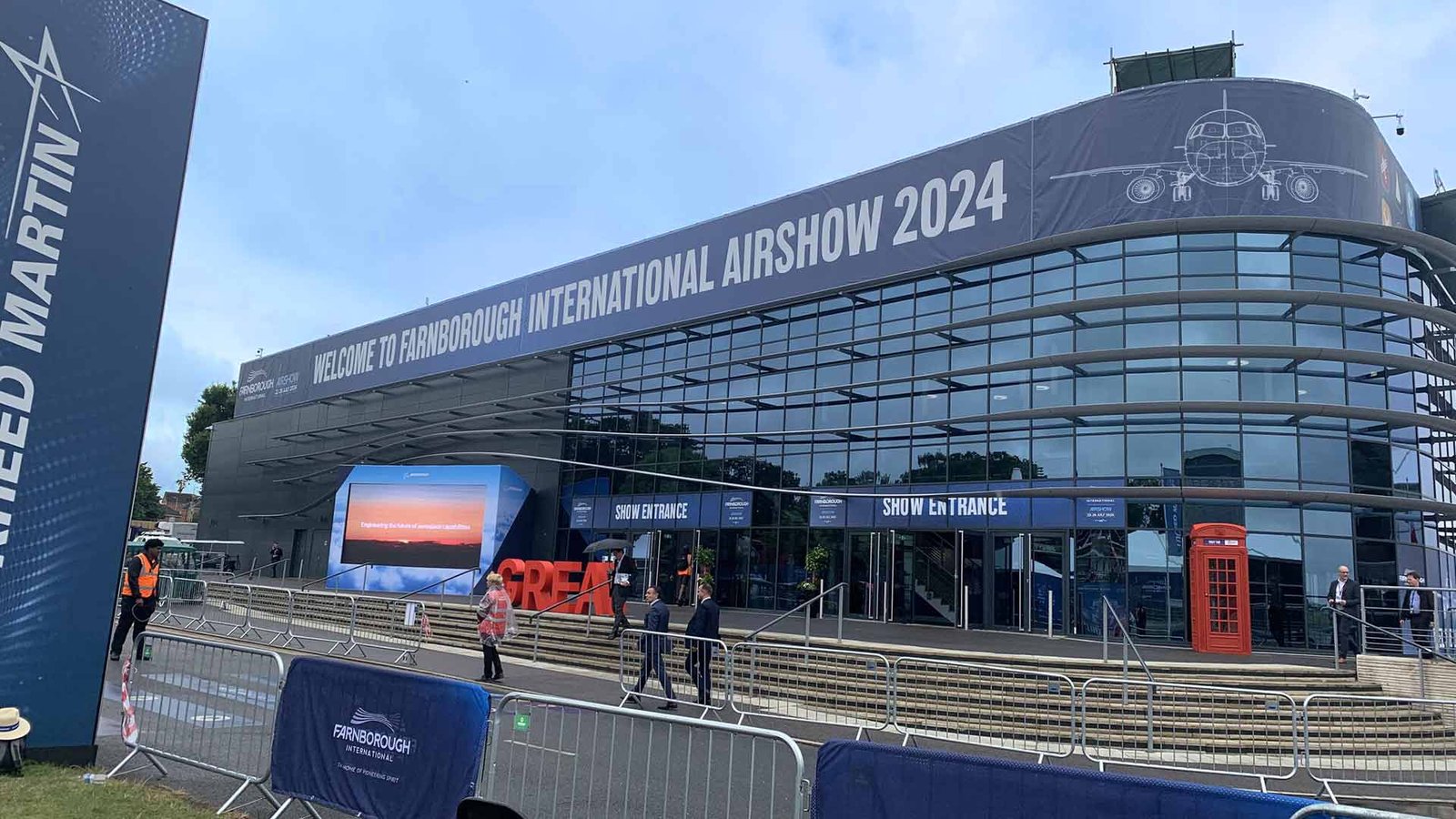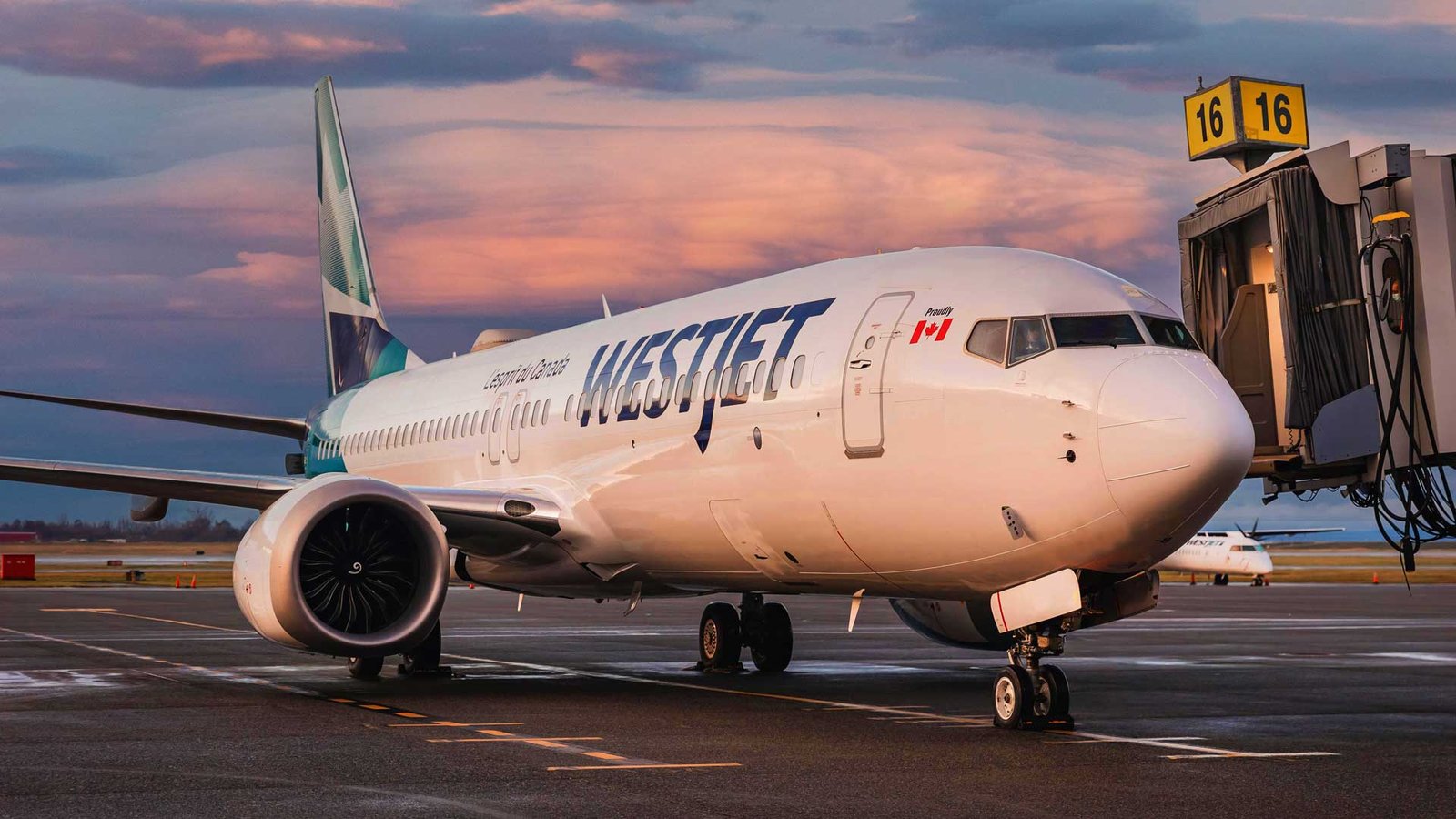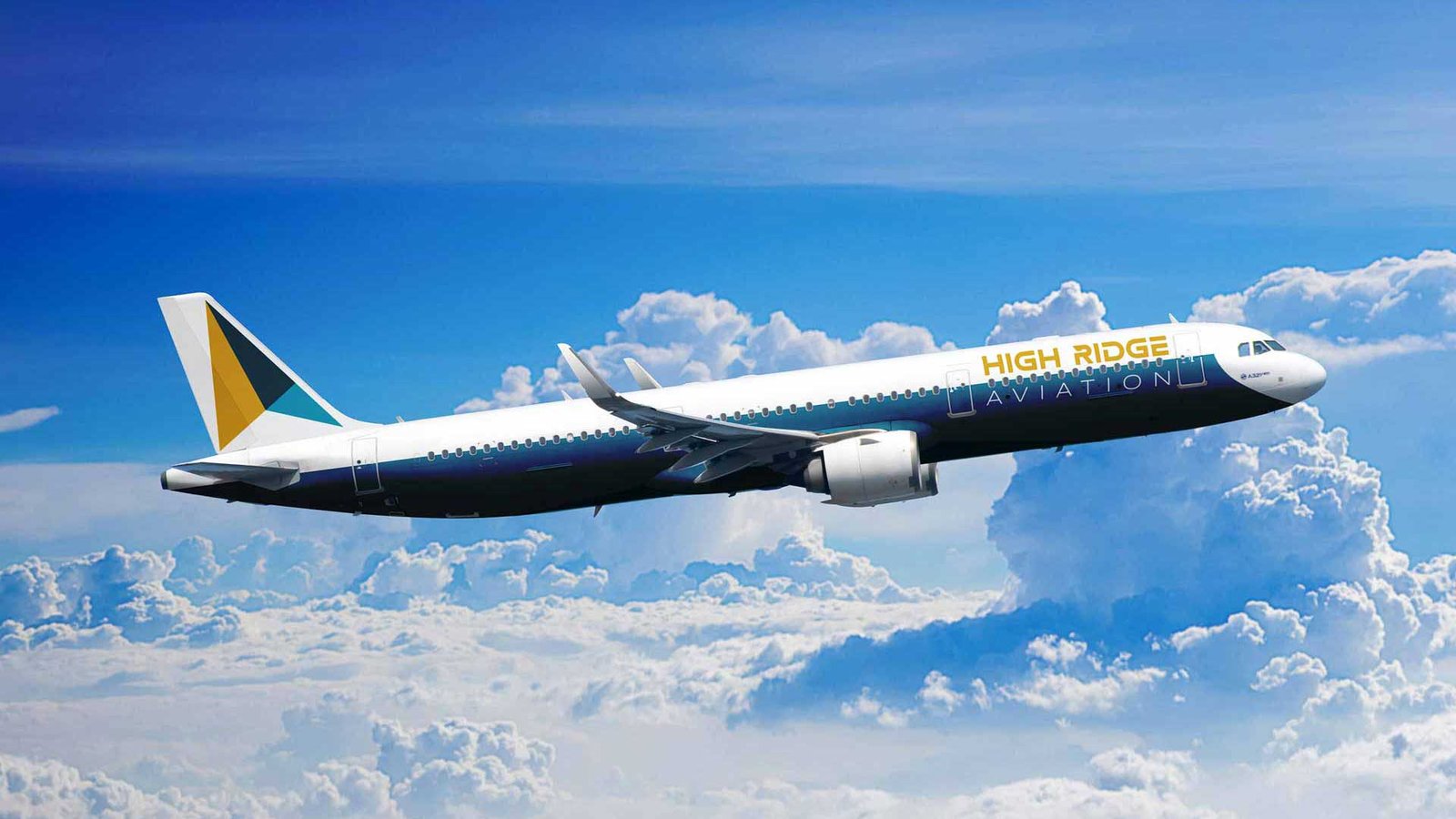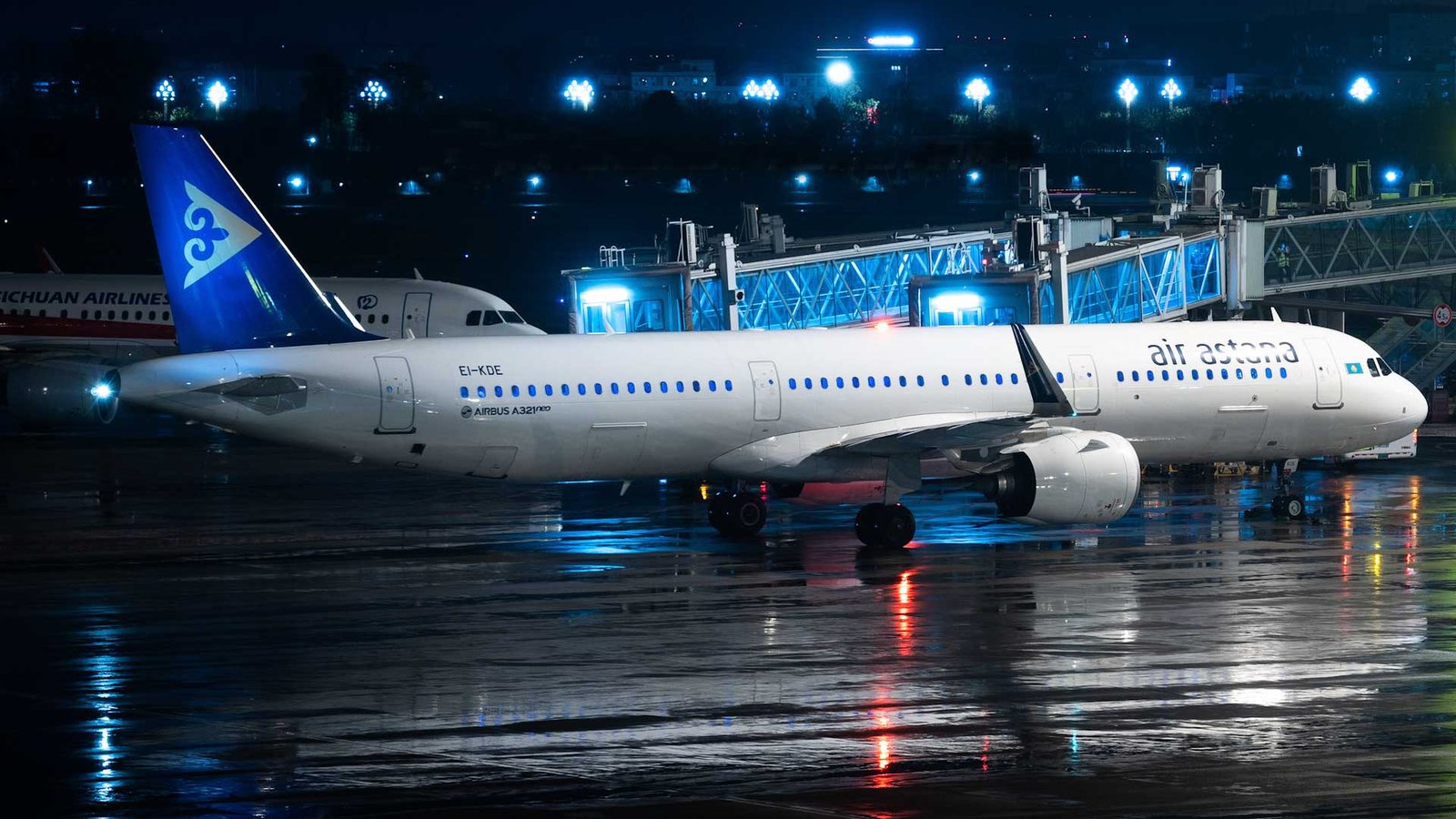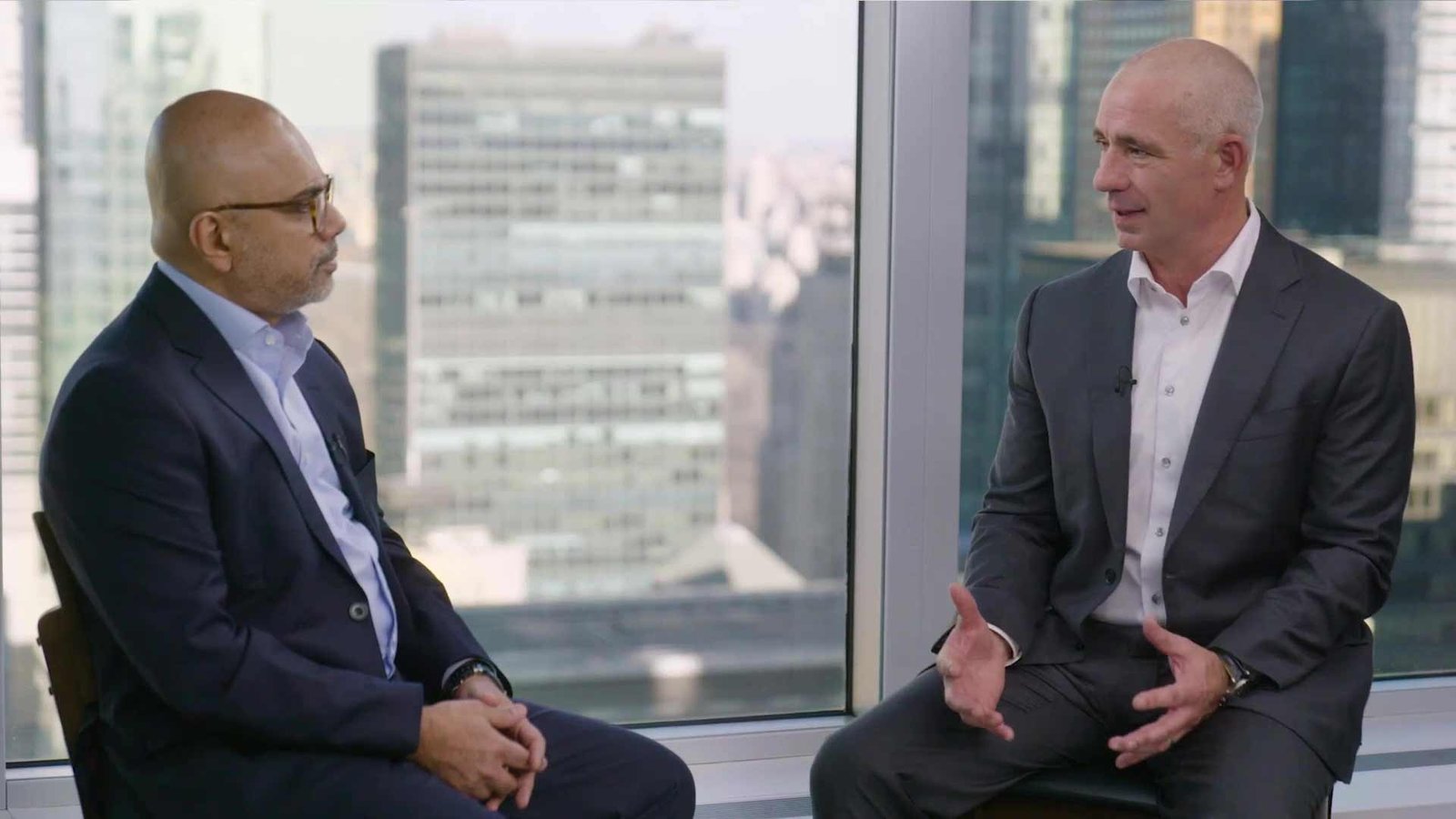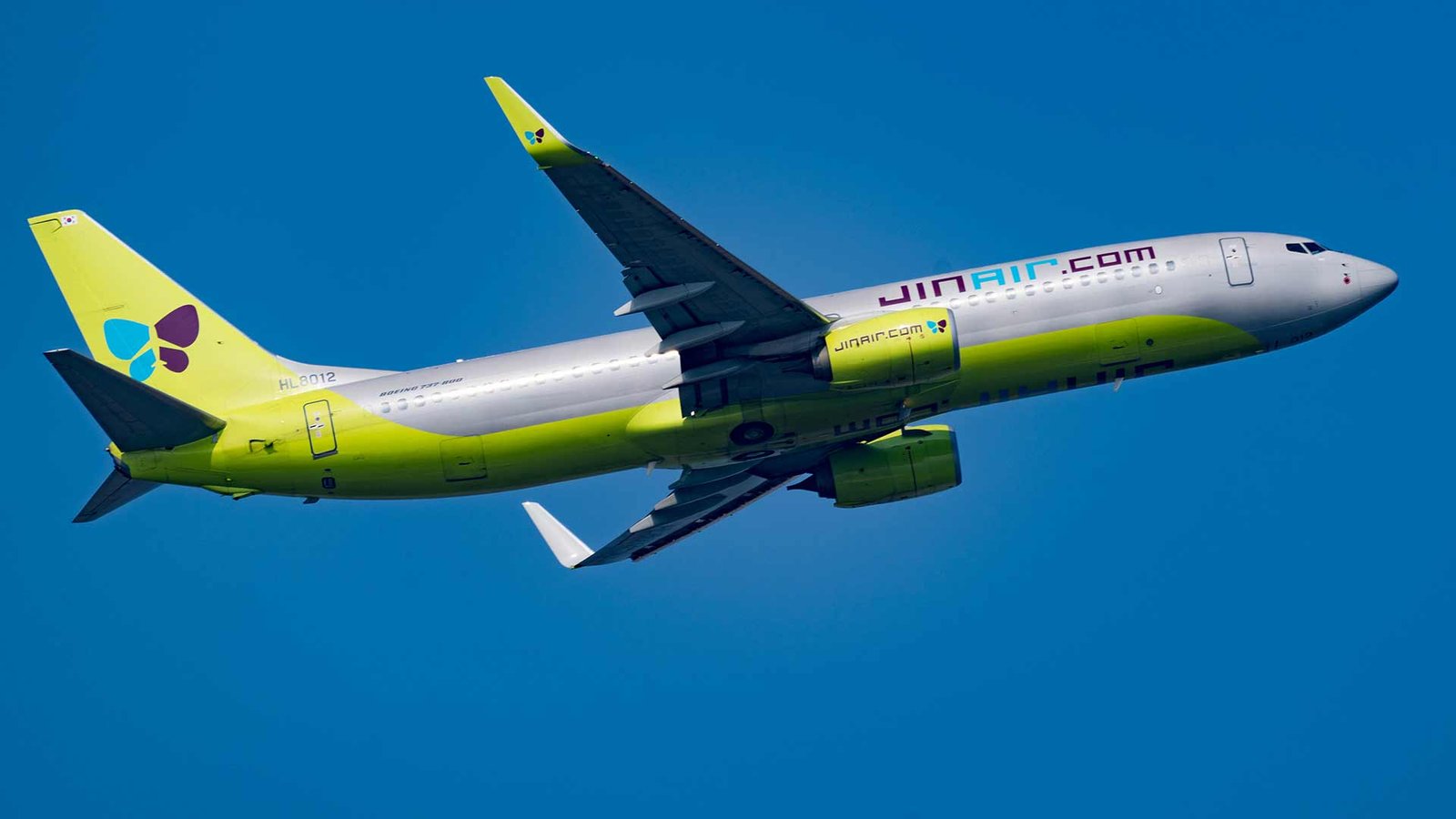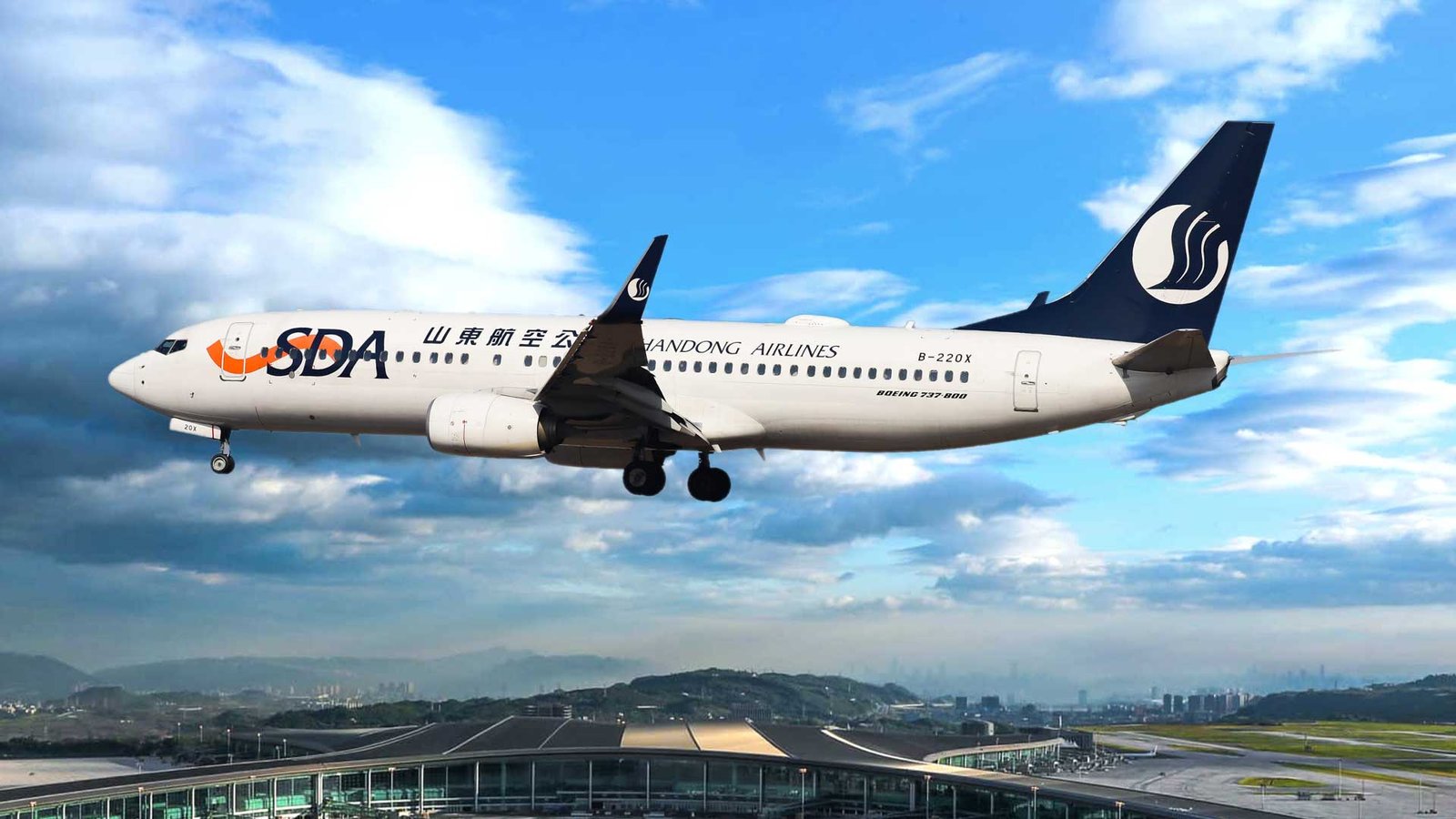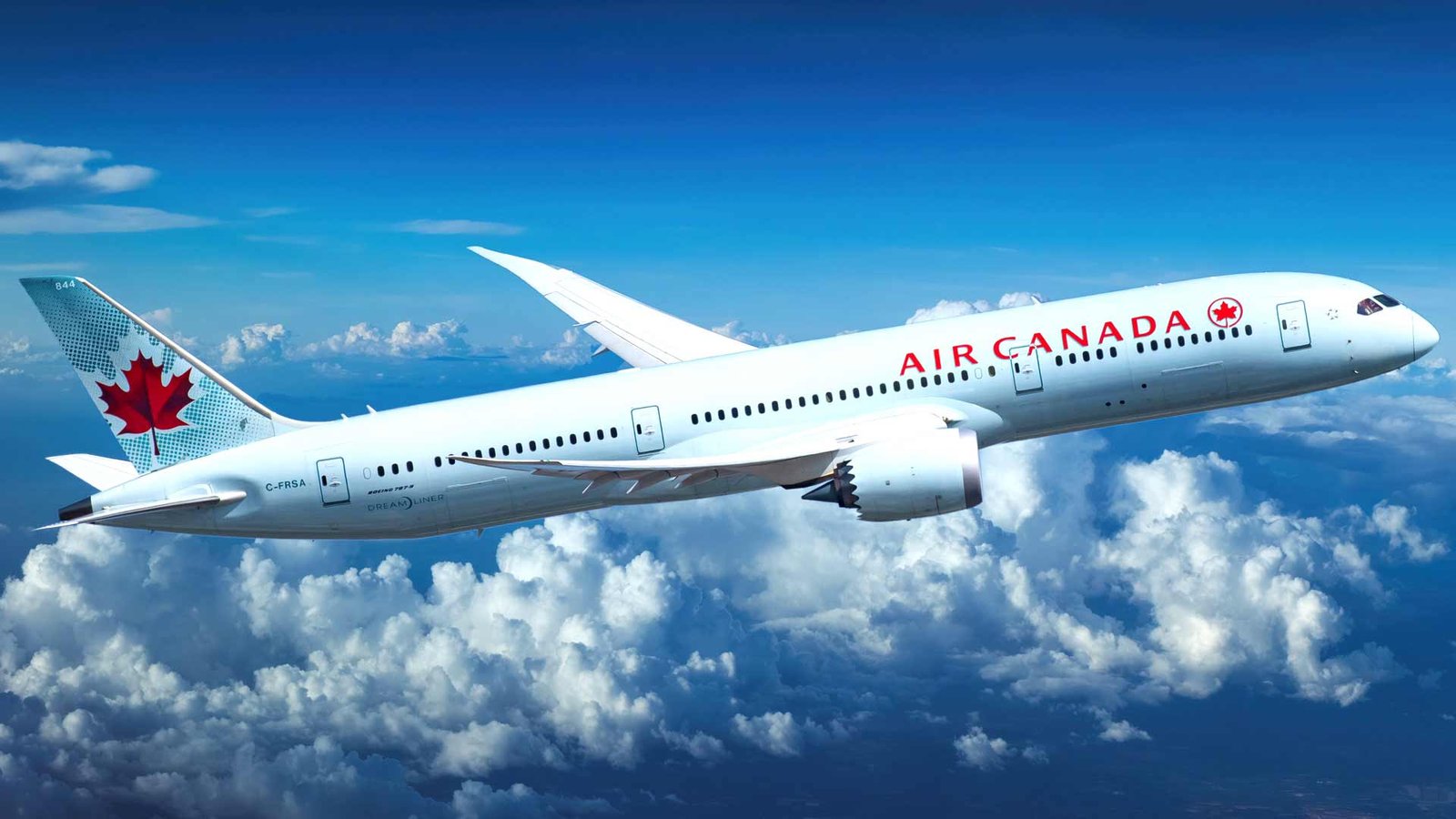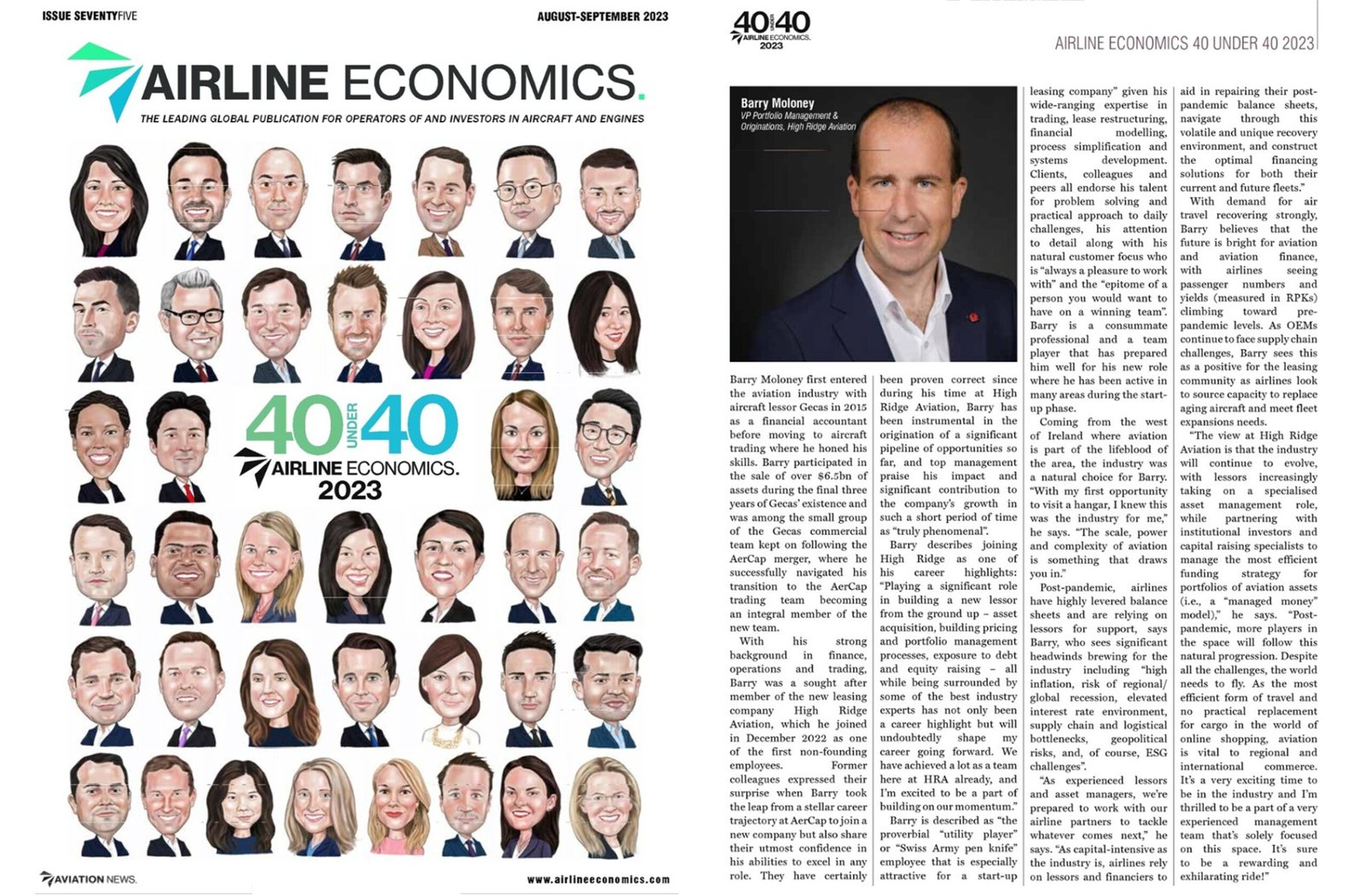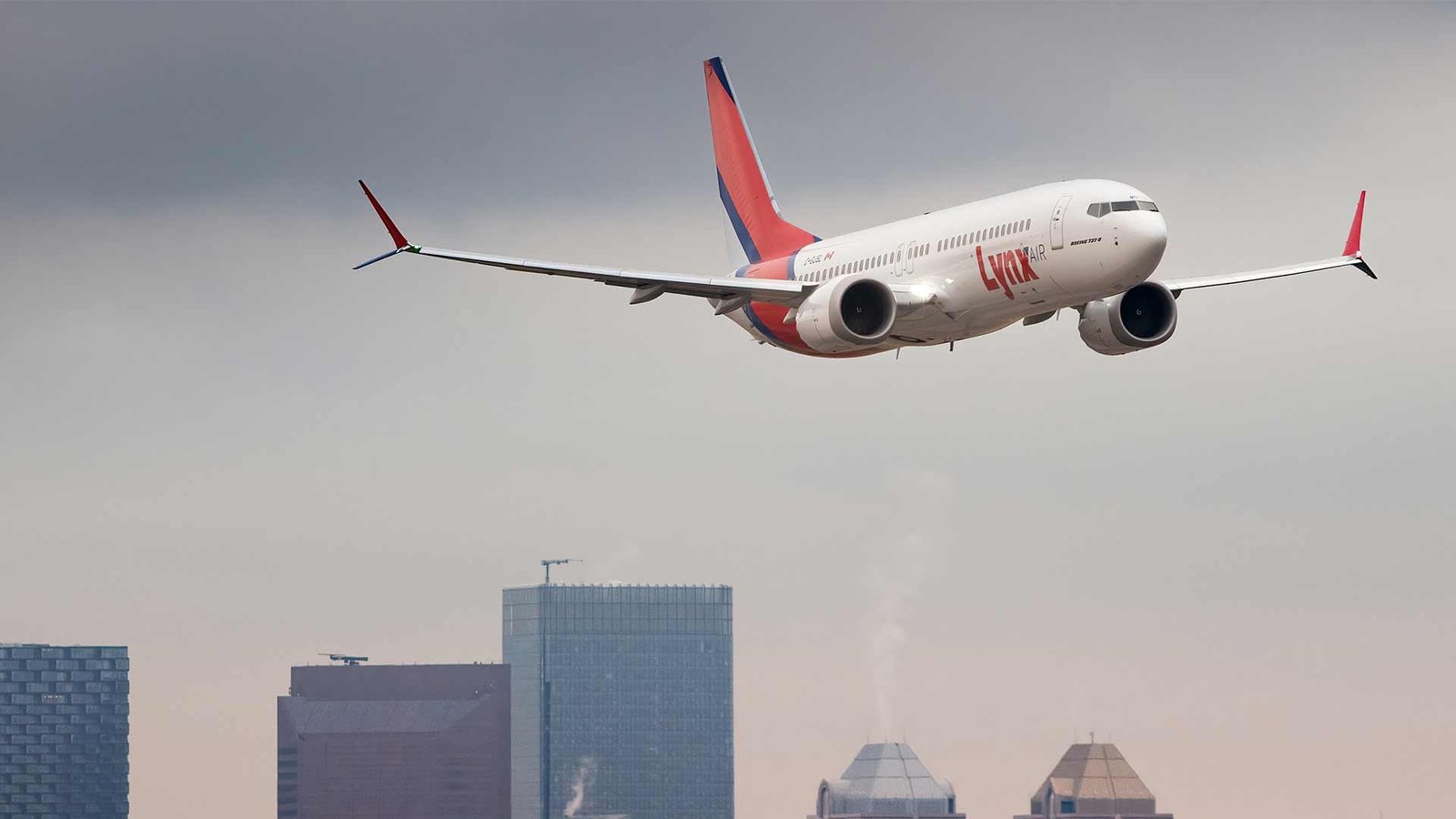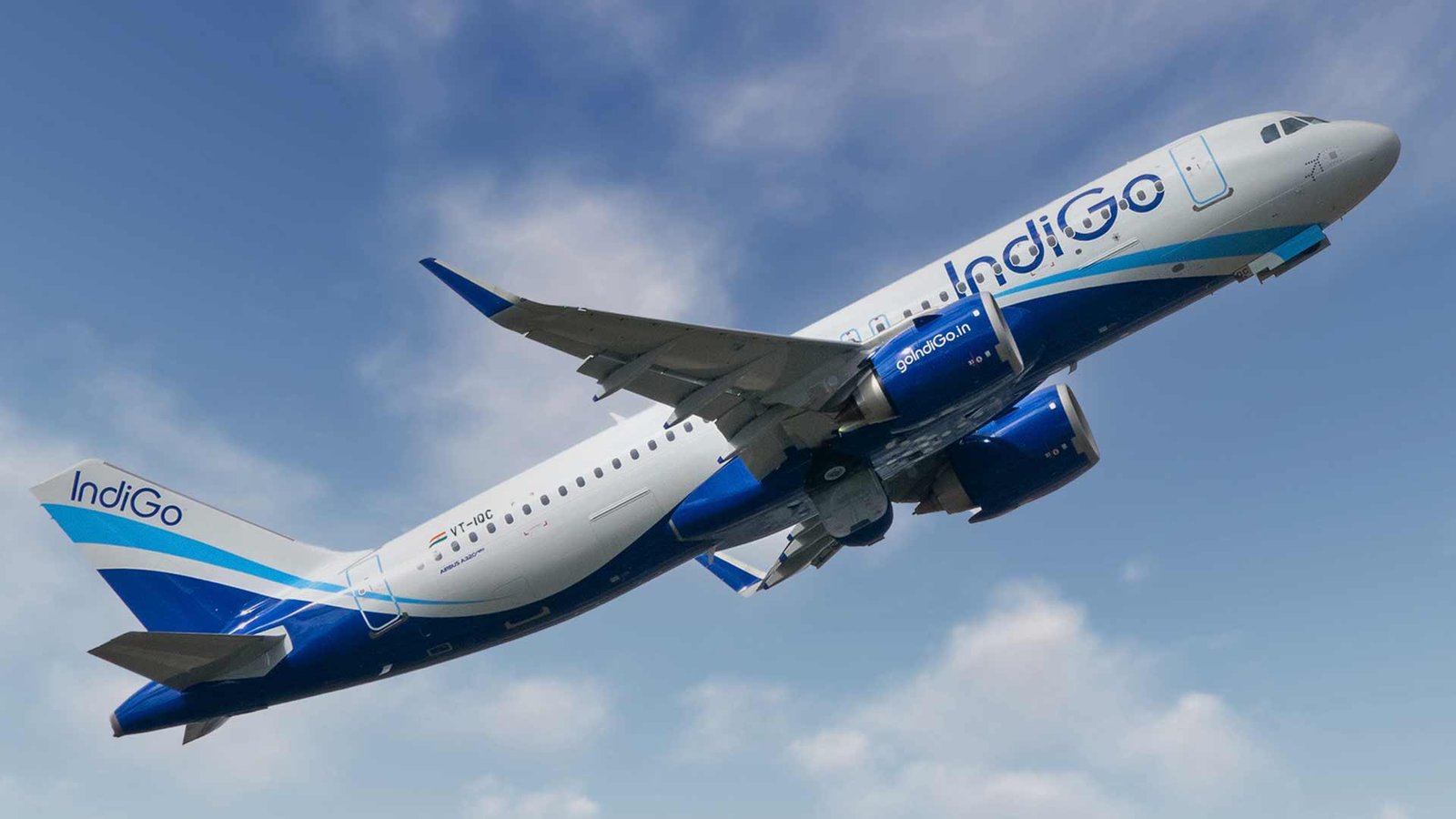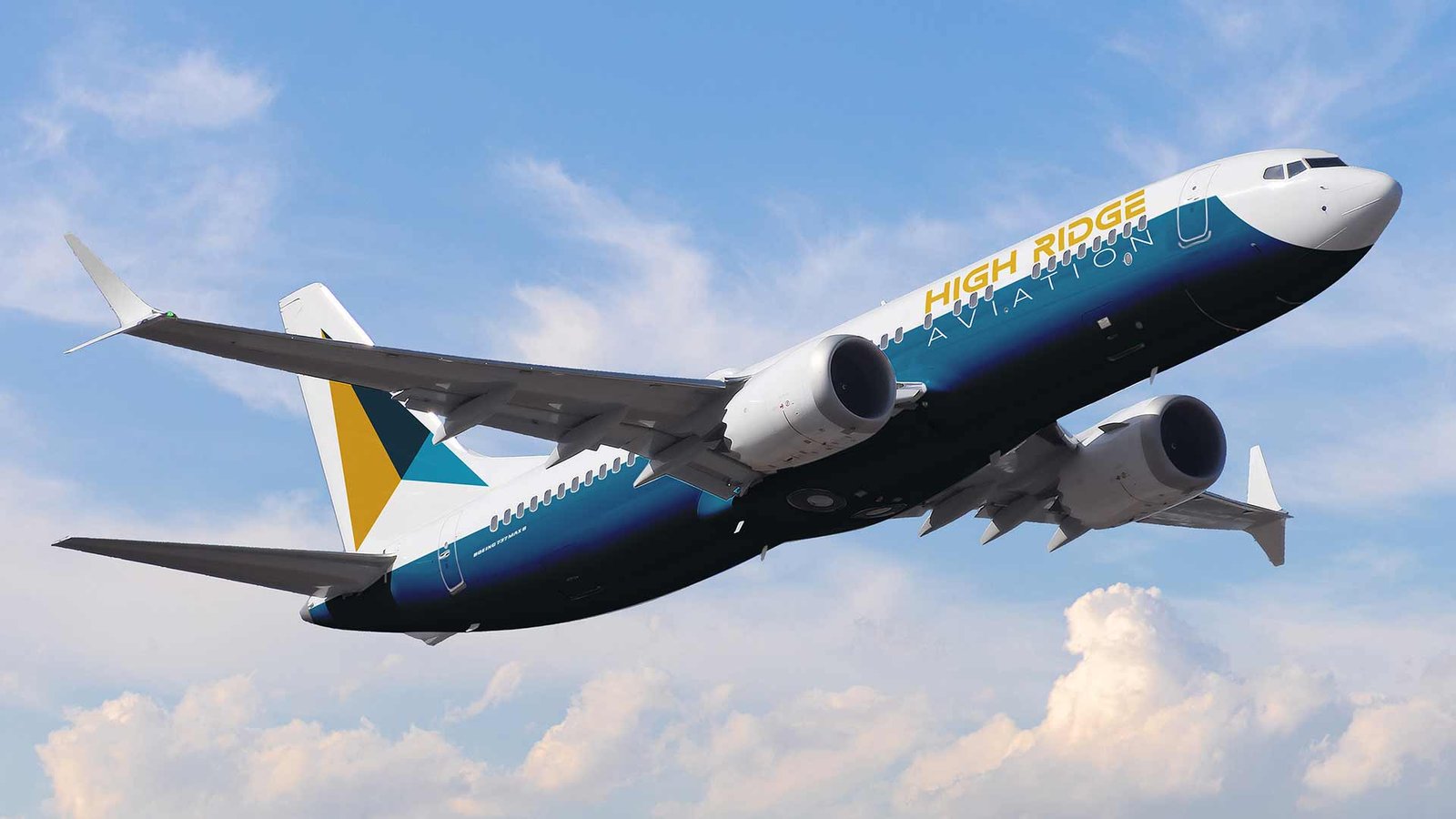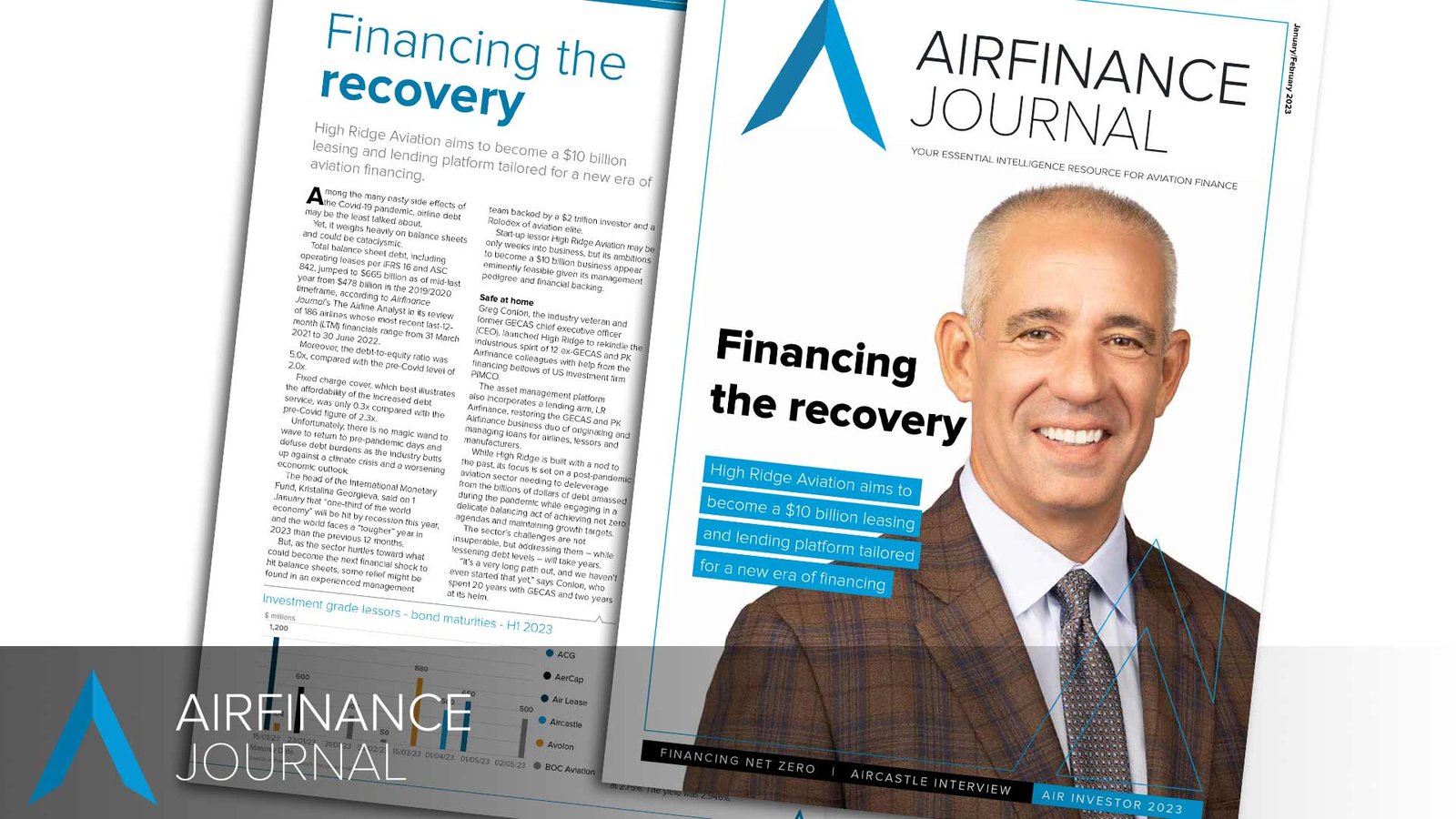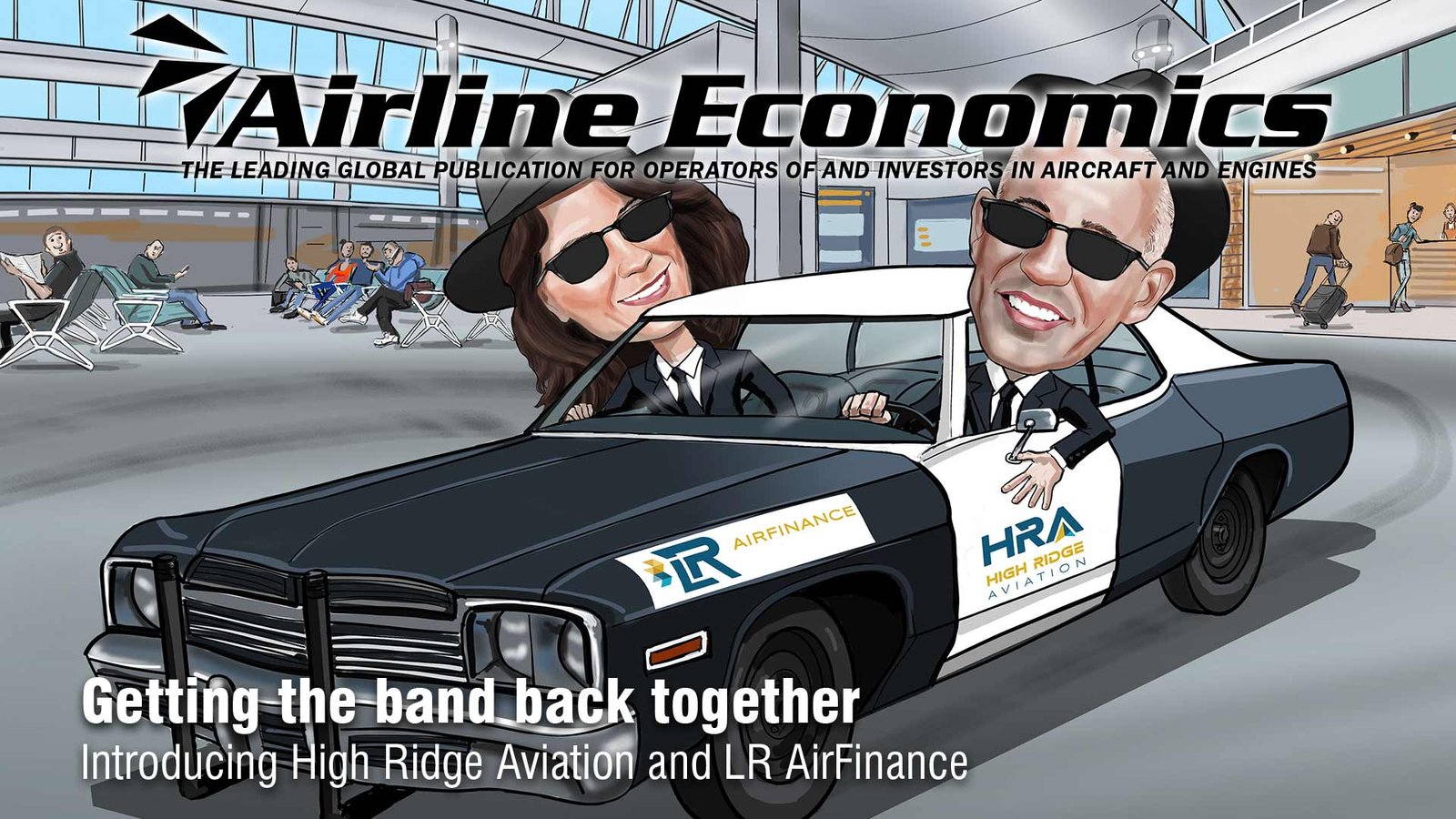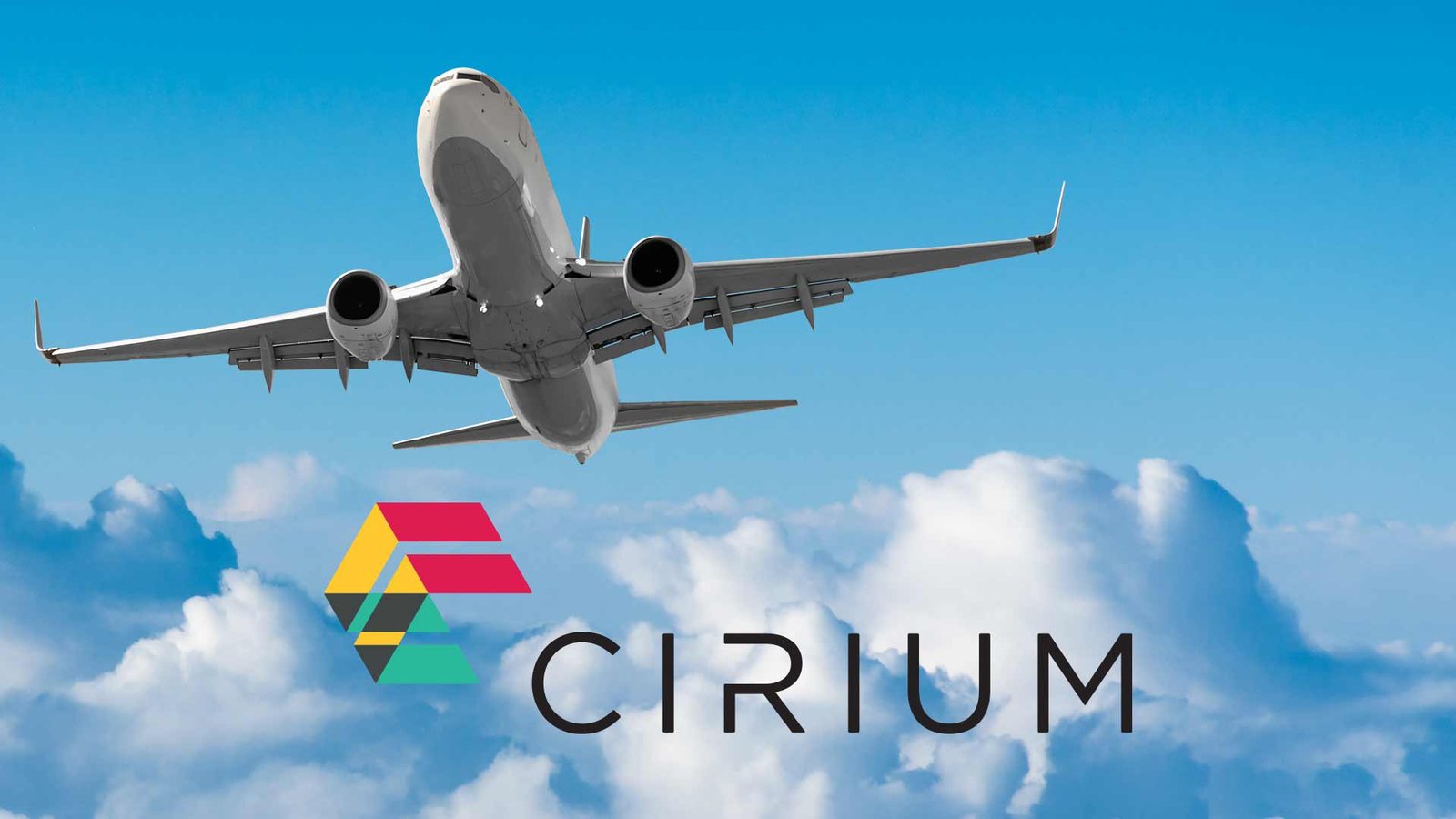Greg Conlon, CEO of High Ridge Aviation shares his views of the market with Harin de Silva.
VIDEO RECORDED IN DECEMBER OF 2023.
Transcript
HARIN De SILVA, Portfolio Manager, PIMCO: Greg, great to see you at PIMCO’s offices. Thank you for coming down to talk to us about aviation finance. Before we kick things off, would you mind telling us a little bit about High Ridge aviation and your plans for the future?
GREG CONLON, CEO High Ride Aviation: Well, look, thanks for having me here today, Harin. A little bit about High Ridge Aviation. Really High Ridge was formed as you know, late last year. It’s really the ex C-suite of the GECAS management team. GECAS being the aircraft leasing platform at GE Capital, which was the world’s largest aircraft leasing platform for the better part of 20 years.
For the aviation leasing space overall, I think it’s a tremendously growing market, it’s been growing for the past 25 years. The quantum of aircraft that’s leased worldwide is now over 60% and that’s over double what it was 20 years ago and we see that trend continuing and we’re really excited about the opportunity for High Ridge.”
HARIN: Yeah, that’s great. I mean, in fact, aviation finance has been one of the more compelling opportunities for us in our specialty finance platform, right? Even pre-COVID. And as you alluded to with banks in exiting aviation finance and there has been a lot of tailwinds for private capital to come into this. So, we have been very focused on this. So, we share your excitement.
GREG: Well, we see two things in this space that are kind of driving us to why High Ridge is here and why we’re here with you at PIMCO. The first and foremost is, again, the growing share of operating leasing in aircraft financing and that’s really happening for a couple of reasons. One is coming out of COVID, a lot of the airlines they just had to survive and they took on a tremendous amount of debt to survive.
They took almost 250 billion dollars of debt and just to put it in perspective, that’s about five times their annual free cash flow. So that’s a tremendous amount of debt to take in, they tripled their leverage, but they had to survive. They did a great job doing it, but now as they come out and look to grow, again, the balance sheets are under pressure, and they need to delever.
In order to delever, you have to generate cash. In order to do that, you need to grow. So operating leasing is a fantastic way for airlines to continue to grow in a dynamic where aviation supply has really been constrained, right?
The OEMs slowed down production, both Boeing and Airbus during COVID, there’s a supply chain constrained through not only aviation, but businesses globally and that’s going to push out this supply dynamic, we think for the next four or five years. So at least towards the end of the decade, you’re going to see a shortage of aircraft, which is driving up values, also in a somewhat inflationary environment that also drives up residual values and lease rates.
So, to get into an operating leasing space like High Ridge is doing now with an experienced team and a clean balance sheet when we have no legacy issues from COVID, no legacy issues from other types of issues. So, we’re really able to be selective about where we want to get into the space and help our airline customers grow.
HARIN: That’s kind of why we are excited about this opportunity too to partner with you. You bring this tremendous experience in from the lease market in originating and managing leases.
Flip side is we have a relative value approach to investing and we have these analytical capabilities and we apply the same kind of analytical rigor that we apply in other areas and if we combine the two, it can be a very powerful platform in our minds. Together, we can play up and down the cap structure, whether it’s buying the metal or financing airlines backed by the aircraft.
As you think in the next 24 months, what are the highlights of your opportunity set?
GREG: Well, the highlights are really twofold. One is, again, continuing those direct opportunities with the airlines. We roughly see that as about 50% of the opportunity set. So as airlines take delivery of aircraft, operating leasing will be probably a primary financing source for them and so that’s what we call sale lease back.
So, as the airplane delivers, we will buy it and lease it back to the airline on that same day. That’s roughly about half the space and to put it in context, there’s roughly 70 to 80 billion dollars of aircraft that deliver every year, about half of that is leased. So that’s the opportunity set on the direct airline side and on the aircraft lessor side, established lessors that are looking to recycle capital as they have CapEx commitments coming in or debt facilities, they need to pay off are looking to sell aircraft and portfolio.
So that’s roughly the other 50% of the market and that’s about a 20-to-30-billion-dollar opportunity every year. So, between the direct airline deals and the lessor deals, that’s about 60 to 70 billion of annual opportunities we see in the next 24 months.

